Is the Universe Conscious?0
- From Around the Web, Space
- June 30, 2017
Some of the world’s most renowned scientists are questioning whether the cosmos has an inner life similar to our own.
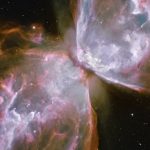
Some of the world’s most renowned scientists are questioning whether the cosmos has an inner life similar to our own.
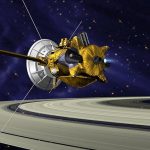
Who needs humans?
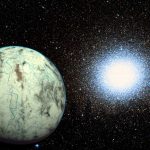
With the discovery of thousands of planets beyond the solar system, scientists are eager to learn if rocky “super-Earths,” up to 10 times more massive than Earth, might also be able to harbor life.
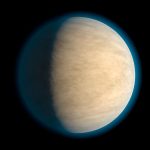
If confirmed, the shiny new worlds may help astronomers better understand how strange planets known as hot Jupiters are created.
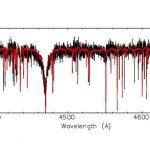
Astronomers have identified another rare example of an extreme helium star.
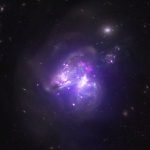
What would happen if you took two galaxies and mixed them together over millions of years? A new image including data from NASA’s Chandra X-ray Observatory reveals the cosmic culinary outcome.
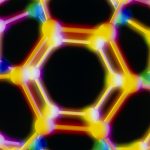
Astrophile is Joshua Sokol’s monthly column on curious cosmic objects, from the solar system to the far reaches of the multiverse
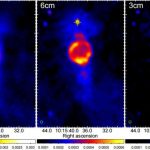
Astronomers have recently identified a peculiar bubble-like structure associated with an energetic pulsar known as PSR J1015−5719. The newly found feature, designated G283.1−0.59, is most likely a polar wind nebula. The findings were presented June 9 in a paper published on the arXiv pre-print server.
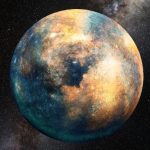
An unknown Mars-to-Earth-mass planet may lurk in the outer reaches of the Solar System.
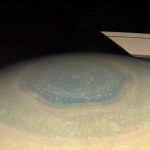
An explanation of long-lived Saturn’s North Polar hexagonal circumpolar jet in terms of instability of the coupled system polar vortex – circumpolar jet is proposed in the framework of the rotating shallow water model, where scarcely known vertical structure of the Saturn’s atmosphere is averaged out.



